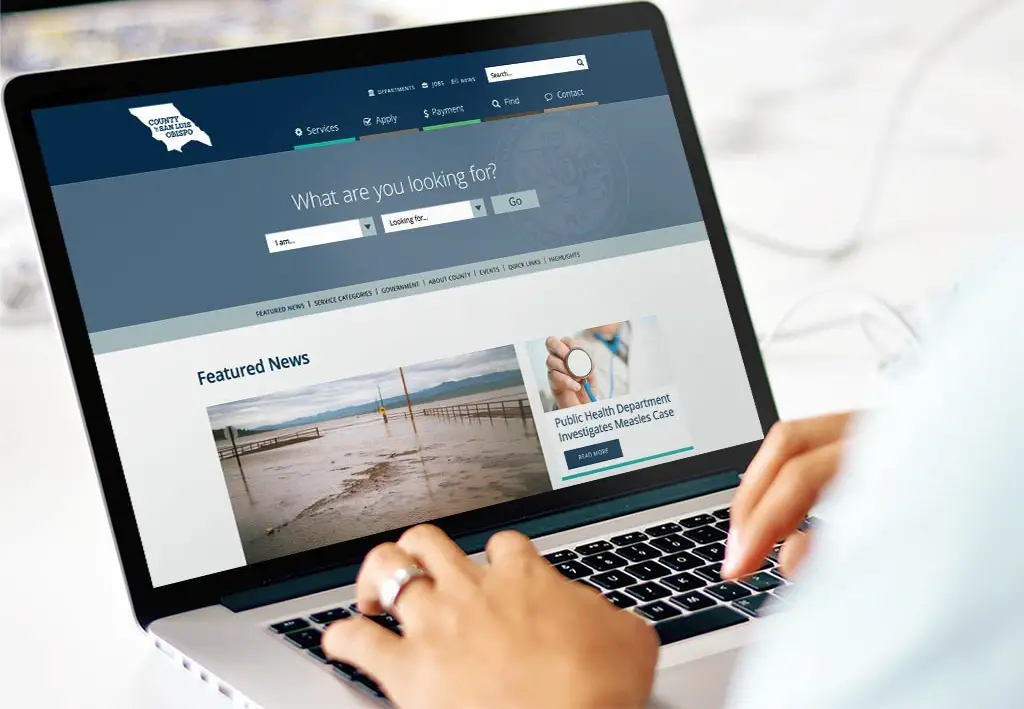Do you know whenever a user visits your website, you have only a fraction of second to hold your visitor? Merely designing a stunning website won’t help! You have to meet the needs of your visitors. Good designing paired with high responsiveness and user-friendly interface is what makes a remarkable website.
It’s paramount to take user interaction into consideration and make is as human-friendly as possible.
Here are some of the quick tips that will help you out in improving the designing of your website:

1. Focus on users need
Users scan the content; they don’t read the whole content. Site visitors search for some fixed points that brought them to the website. If they are not able to find answers to their queries in the first few minutes, they are most likely to jump to another search result. Therefore, it’s essential you highlight the USP’s and your offerings on all pages.
Headings and subheadings are a great way to emphasize certain key points throughout the content. The user-focused website focuses on minimizing flashy or annoying advertisements and any pop-ups that distract visitors. Any interference will damage the ability of the user to interact with the site so, it’s essential to prevent it. It is essential to achieve the purpose for which website is designed like selling products etc. but it should be done with a user first approach.
2. Use color theory
You need to follow some color scheme in your designing to give your website an appealing look. Select one particular color for your entire site and then add a combination of complementing colors to complete the design.
Always use soothing colors in your designing. Highlight key features to help the users quickly gather information, that is relevant to them. You can even cover up the white space with some color or pattern.
3. Improve page speed
In the world of marketing, website speed has always been discussed constantly. Speed is one of the primary factors which can help you hold a customer or lose them. Even a delay of seconds can end up with one customer less.
Cache the elements which are the same on every page for example logo, footer, images, etc. Optimizing images of your website is a must. For optimizing a mobile website, removing graphics and other web elements will surely minimize unwanted weight and make the site faster.
4. Updating and testing
In this stage, you will have an understanding of what your users are doing while coming to your site. Leveraging that understanding, make improvements to always keep your website fresh. Update old content on a regular basis and add new content for unanswered needs.
Testing of the website is another essential element. You need to evaluate how far your users scroll, where they are clicking, bounce rate, etc. These findings can reveal whether your pages are performing exactly the way you intended. Check for browser compatibility, sometimes upgrades in browsers cause issues with the smooth functioning of a website. After designing test it, fix the problems and test it again.
5. Ensure mobile responsiveness
With over half of web traffic coming from mobile devices, a mobile-friendly design is no longer optional. Ensure your website adapts seamlessly to different screen sizes. Use responsive design techniques like flexible grids, scalable images, and touch-friendly navigation. Test your website on multiple devices to ensure a consistent experience. A non-responsive design can frustrate users and increase bounce rates, harming your site’s credibility and SEO rankings.
6. Simplify navigation
A cluttered or confusing navigation menu can drive users away. Keep your menu simple, intuitive, and easy to use. Use clear labels and organize content into logical categories. Implement a search bar for quick access to specific information. Breadcrumbs (e.g., Home > Blog > Design Tips) can also help users understand their location on your site and navigate back easily. A well-structured navigation system enhances user experience and keeps visitors engaged longer.
Read also: How to Ensure You Have A Great Business Website (10 Tips)
Frequently Asked Questions (FAQs)
1) What makes a good website design?
A good website design combines aesthetics with functionality. It focuses on user needs, ensures fast loading speeds, uses a consistent color scheme, and provides intuitive navigation. A responsive design that works seamlessly across devices is also crucial.
2) How to make a website look more professional?
To make a website look professional, use a clean and organized layout, high-quality images, and a cohesive color palette. Ensure easy navigation, fast loading times, and mobile responsiveness. Regularly update content and avoid clutter or distracting elements.
3) What is SEO in a website?
SEO (Search Engine Optimization) refers to techniques used to improve a website’s visibility on search engines like Google. It involves optimizing content, keywords, meta tags, and site structure to rank higher in search results, driving more organic traffic to the site.
Conclusion
Designing a remarkable website goes beyond aesthetics—it’s about creating a user-centric experience that meets visitors’ needs quickly and efficiently. By focusing on user needs, leveraging color theory, improving page speed, regularly updating and testing, ensuring mobile responsiveness, and simplifying navigation, you can significantly enhance your website’s performance and appeal. Remember, a well-designed website not only attracts users but also keeps them engaged, ultimately driving better results for your business. Implement these tips, seek expert guidance if needed, and watch your website transform into a powerful tool for success.
[Image via: Google Images]
